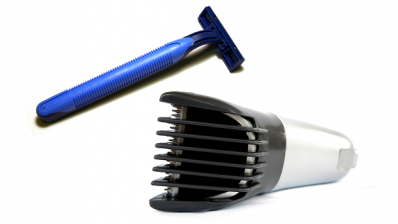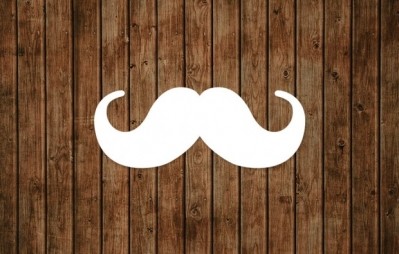Men's grooming - why all the hype?

As an industry professional, I’ve been covering the men’s market for more than 25 years and it has always been on the verge of exploding. Yet, for every revolutionary new product launch or retailing initiative there are as many failures, suggesting that maybe the men’s market isn’t everything it’s been trumped up to be.
A report entitled Grooming Ridiculous, featured in UK newspaper The Sunday Times, February 10th, 2013, points to new industry research showing that the average man now spends £1,786 (€2,058) per annum on beauty products.
This is not far short of women, who spend on average £2,462 annually on cosmetics and toiletries, but what makes this statistic puzzling is the fact that the average man still washes his face less than once a day, shaves four times a week and moisturises less than three times a week.
The contradiction in men's grooming research
To me, those facts seem contradictory. Can men really be spending almost as much as women on toiletries in the course of a year? Women use a much larger number of products on a daily basis, including mascara, foundation, lipstick, blush, not to mention the cleansers, toners, serums, eye creams, day and night-time moisturisers, or shampoos followed by conditioners, heat-styling sprays and hair mousse.
Most men's repertoire is fairly basic and functional, ranging from shower gels and deodorants to shaving gel/oil and, at a pinch, facial moisturiser. New categories, like skincare, are still treated by many with suspicion and regarded as a bit 'poncy'.
I believe the men’s market is polarized between a small number of men, mostly in their 20s and 30s, who are passionate about their appearance, and the rest, who generally don’t care, as long as the products do the job.
Men's grooming failures, over the years...
The proof is in the number of failures over the past 25 years, starting with Insignia, in the 80s, one of the first brands to launch a 'vertically integrated' men’s toiletries range for top to toe grooming. It caused a big stir in the media, but men weren’t interested.
When Axe/Lynx launched Systeme, a sensitive skincare range in the mid 1990s, it was heralded as being the brand to kick-start the men’s skincare market. It didn’t and was quietly withdrawn not long after.
Meanwhile, UK retailer Boots was keen to buy into the burgeoning men’s market opportunity and opened two trial men’s grooming shops, called Boots Men, but men didn’t want to shop in them.
Online likely to be the big area to watch
It’s fair to say that much has changed in men’s grooming over the past 10 years, with Nivea, L’Oreal, Gillette and Axe cornering the market. There are opportunities for niche brands, but that’s probably all they will ever be.
However, there is one area that is growing fast and that could result in the men’s market reaching critical mass, even eventually matching women’s.
New Mintel research shows that 3 out of 4 young American men prefer to buy personal care products online, where they can shop on their terms, without being intimidated or feeling inhibited by their indulgance.
It may not lead to an explosion in sales of men’s products, but online offers the best hope of the category fulfilling its potential.












